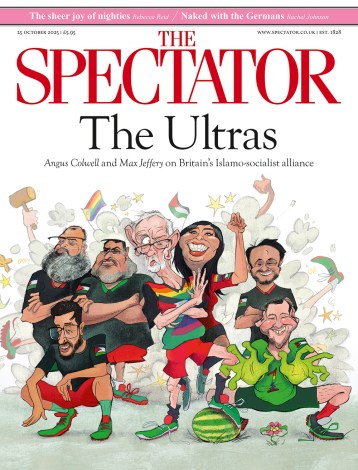
The next round of army cuts will be announced next month as the government reduces reconfigures Britain’s military capability yet again. According to a report at the weekend the Argyll & Sutherland Highlanders and the Royal Scots Dragood Guards will be two of the casualties heading to the knacker’s yard.
Progress, if that is what it is, waits for no man and sentiment plays no part in these deliberations either. Perhaps that is as it should be. And yet it is possible for sentiment to be discounted too cheaply too. An army is, in part, the weight of its history. Recent governments, of either colour, have paid no heed to that however.
The Argylls, being the most junior of the remaining Scottish infantry regiments (now grouped together as battalions of the Royal Regiment of Scotland) were always vulnerable and it’s scarcely a surprise that a tank regiment will go as part of these latest cuts. Nevertheless, the Royal Scots Dragoon Guards trace their history back to 1678 even if they only took their present title in 1971. They stretch from Blenheim to Basra, stopping off at most points in between. That’s them in Lady Butler’s famous Waterloo painting.
If this report proves accurate, it means you’ll have to search even harder for any trace of the Union Brigade that fought Napoleon (and others). The Inniskillings have, I think, been through at least three amalgamations and their decendents now recruit in, I believe, Yorkshire. The Royal half of the Blues & Royals will be the nearet relative to the Union Brigade. I dare say you could mine some symbolism there.
Perhaps the history doesn’t matter and perhaps the kids today don’t care about it at all. On the other hand, friends and contemporaries at school were often determined to join a given regiment rather than the army per se. It was the Black Watch or bust for them. Perhaps they were an unusual minority. Nevertheless, the historic threads that, though not always as ancient as sometimes supposed, plainly mattered to some. As an old solider, lamenting the amalgamation of the Royal Scots with the Kings Own Scottish Borderers (with approaching 700 years of history between them) asked me on Sunday, “Who would join something called the Royal Scots Borderers?”
At the time the Royal Regiment of Scotland was formed there were many assurances that the individual battalion identities would survive. To some extent this has not been the case. The media, for instance, report on the activities of 2SCOTS (copying, I suspect, army parlance) and few people, I suspect, can recall this means the Royal Highland Fusiliers (themselves successors to the infamous Highland Light Infantry).
I dare say similar tales could be told in other parts of this United Kingdom. As I say, one cannot expect sentiment to weigh too heavily at the MoD. Nevertheless sentiment is not a shameful thing and the ease with which the army’s regimental history – and glory – can be dismantled isn’t worth cheering either.
For that matter, and in terms of politics, these moves, if confirmed, will reduce the army in Scotland to four full-time battalions (plus the Scots Guards). There may be plenty of grounds for questioning the SNP’s defence policies but, in terms of manpower, an independent Scotland’s army could scarcely be any smalller than what remains of the Scottish regiments serving Queen and Parliament at present.






Comments